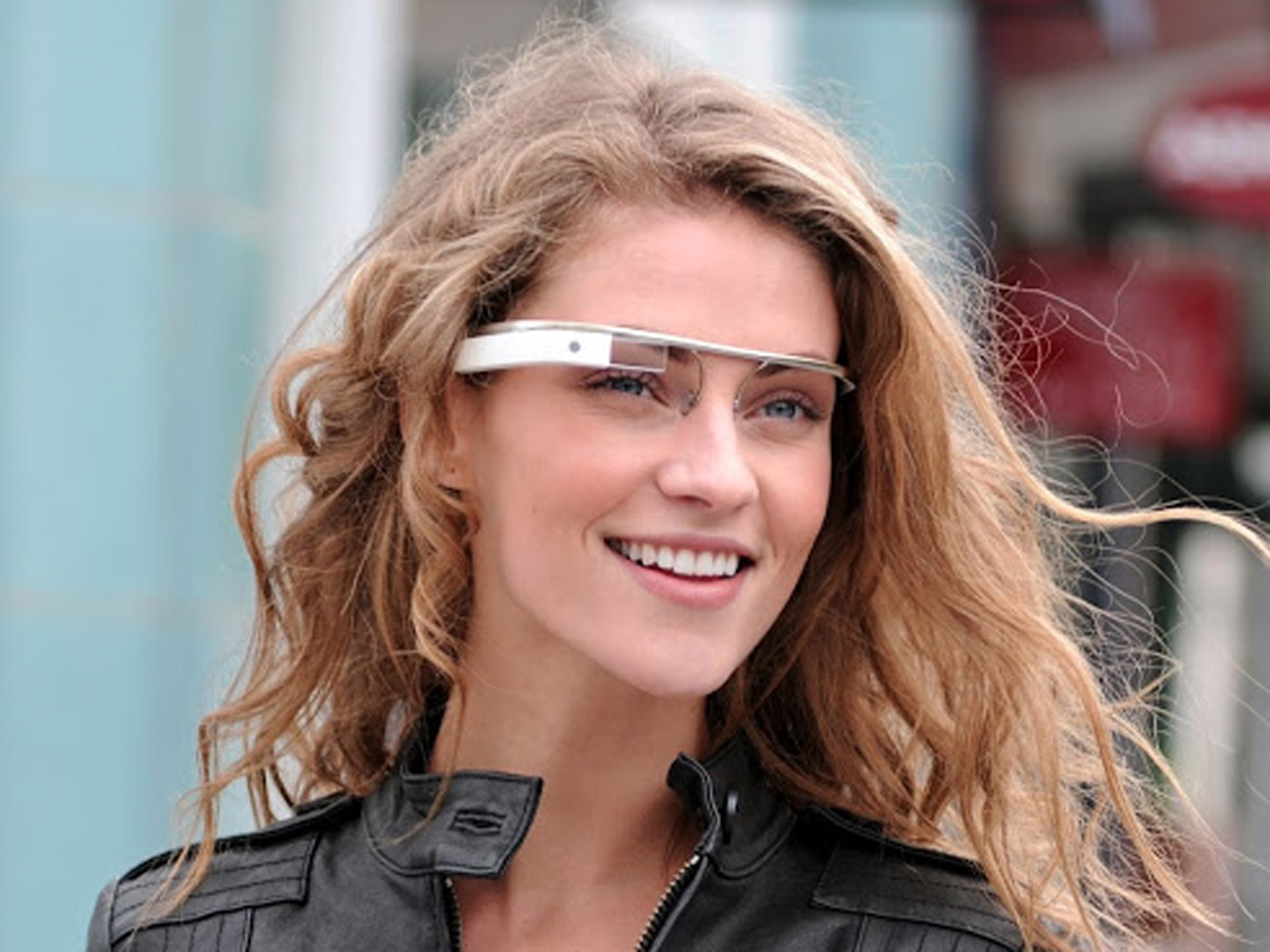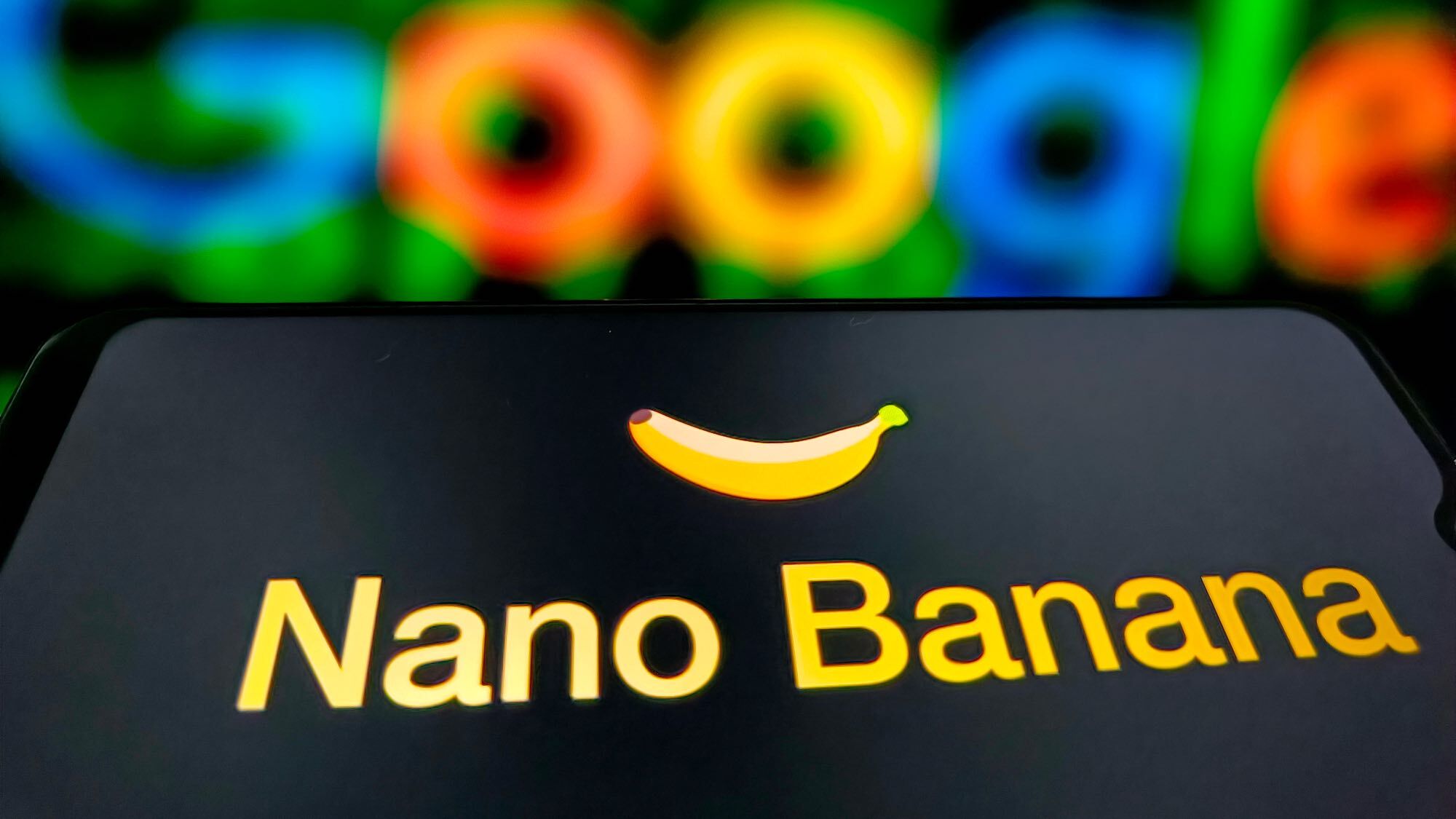Google Glass: What It Is and How It Works
Google Glass, a device touted as the dawning of a new era of wearable tech, promises to deliver an experience unlike anything you've seen before.

Google Glass is Google's wearable computer that a person wears like a regular pair of prescription glasses. Google Glass is best described as an evolution of the smartphone — a way to freely access data without needing to look at a handheld device. A "heads-up display" suspended slightly above your eye places data right in your field of vision, without completely obstructing your view.
In 2013, the device became available for beta testing to lucky applicants who were selected based on their proposal for how to use the device and were willing to purchase it for $1,500. Google Glass is slated for commercial release in 2014, and continues to undergo hardware and interface changes.
The technology was designed to be as convenient as possible, allowing you to see the projected screen without it blocking your vision. It was intended to give you all of the benefits of a smartphone, without the need to hold the device up where you can see it. Google Glass allows you to browse the Internet, obtain directions to locations, send text messages, take pictures and more, all from a simple and compact device.
MORE: Top 10 Google Glass Projects
The capabilities of Google Glass
In addition to the aforementioned features, the device can download and run a variety of apps, just as a smartphone can. These apps provide a glimpse at the device's current capabilities and its potential future applications. For example, thanks to the device's built-in camera, you can use Google Glass in tandem with Google Hangouts to video chat with friends and show what you're seeing. Google Maps allows you to navigate without looking down.
One popular function of the device is voice recognition. You can use verbal commands to take pictures, browse the Internet and even send text messages. But not everything can be done with a voice command, so Google Glass also has a touchpad, with additional controls, alongside one of the arms. Users can swipe through displays showing recent phone calls and photos, as well as read news, weather, sports scores, stock prices and more.
Google Glass specifications
Google advertises Glass as an almost science-fiction experience, though the hardware it contains is actually quite modest. The projected display is set to a resolution of 640 x 360 pixels, which is on the low side for mobile devices. The built-in camera can take pictures at a 5-megapixel quality and records videos at 720p, in line with lower-end smartphones.
Get instant access to breaking news, the hottest reviews, great deals and helpful tips.
One significant issue with Google Glass is its battery life. Early reviews reported that the device lasts only about 5 hours with average use — for instance, reading emails, and shooting short videos and some photos. Taking longer videos or using Glass for longer periods drained the battery even more quickly.
Google Glass is equipped with 16GB of flash storage and syncs with Google Drive in the cloud for added accessibility to the photos and videos you take. Google Glass also comes with a microUSB port for transferring files and charging the device.
The frame is lightweight and, according to Google, very robust, though it comes with replacement nose pads for any accidental breaking. Phone calls and other sounds are produced through bone-conduction transfer, or by passing vibrations directly to your skull to transmit sound to your ears.
The controversy of Google Glass
Despite its groundbreaking advances as a personal electronic device, much controversy surrounds Google Glass' availability to the modern consumer. One of the most oft-mentioned issues is its potential for abuse in public settings. Google Glass is voice-activated and can easily perform functions with keywords hidden in general conversation, allowing users to look up information about a person they're talking to, take pictures of the person and even perform facial recognition for Web searching — without the other person knowing.
Google Glass competitors
Google Glass isn't the only head-mounted computer on the market. Samsung, Microsoft and Apple are each rumored to be creating similar products. Companies like Vuzix and Oakley have created potential Glass rivals, and many more companies are announcing plans to do so as well. Sony has even patented a Glass look-alike.
Read next: Google begins testing new AR smart glasses — now with less Glassholes.

Tom's Guide upgrades your life by helping you decide what products to buy, finding the best deals and showing you how to get the most out of them and solving problems as they arise. Tom's Guide is here to help you accomplish your goals, find great products without the hassle, get the best deals, discover things others don’t want you to know and save time when problems arise. Visit the About Tom's Guide page for more information and to find out how we test products.
-
joaompp I just want this so I can take videos at the park while playing with my children and other similar momentsReply -
mekunekud So you want it so you can do the EXACT same thing as your smartphone except with a stupid device that will literally force advertising on you for a worse battery life and less features? Wow. It sounds like an AMAZING deal!!!!Reply
-
husker @mekunekud - This is not the same as it is hands free and also serves as birth-control deviceReply
@monsta - lol, but it will more likely prevent text-walking accidents into water fountains or busy traffic
@wtfxxxgp - like all technology, it's both good and bad. It's all in how you use it.
